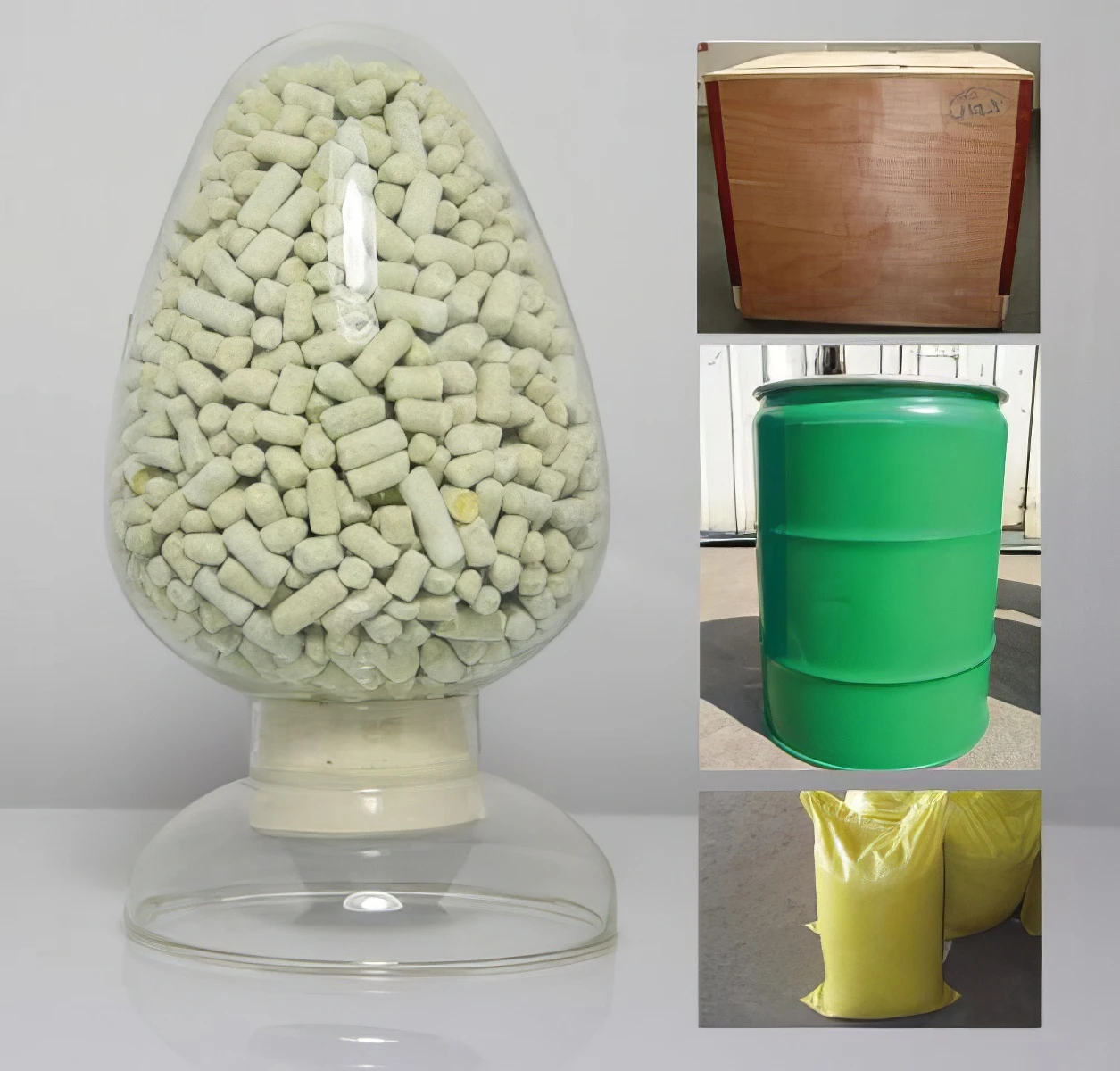



Chemicals for Effective Water Disinfection Strategies and Their Applications in Public Health
Water Disinfection Chemicals Ensuring Safe Drinking Water
Ensuring the safety of drinking water is a crucial aspect of public health. One of the most effective ways to accomplish this is through water disinfection, a process that involves the use of chemicals to eliminate harmful pathogens present in water sources. This article will explore the various water disinfection chemicals, their mechanisms, benefits, and some considerations related to their use.
Importance of Water Disinfection
Waterborne diseases are a significant global health concern, responsible for millions of illnesses and deaths annually, especially in developing regions. The World Health Organization (WHO) emphasizes the importance of safe drinking water, noting that treated water is necessary to combat the spread of diseases such as cholera, dysentery, and typhoid. Water disinfection is vital in ensuring that the water we consume is free from these harmful microorganisms.
Common Water Disinfection Chemicals
Several chemicals are commonly used in water disinfection processes. The choice of disinfectant often depends on the water source, the specific contaminants present, and regulatory guidelines. Below are some of the most widely used water disinfection chemicals
1. Chlorine Chlorine is one of the most commonly used disinfectants due to its effectiveness against a wide range of pathogens, including bacteria and viruses. It is often added as a gas, liquid, or powder. Chlorine's residual effect allows it to continue killing pathogens as water travels through distribution systems. However, chlorine can react with organic materials, leading to the formation of harmful by-products known as trihalomethanes (THMs).
2. Chloramine Created by combining chlorine with ammonia, chloramine is used as an alternative to chlorine in some municipalities. It provides a longer-lasting residual disinfectant effect, reducing the formation of THMs. Chloramines are effective against bacteria but may be less effective against certain viruses and protozoa.
3. Ozone Ozone is a powerful oxidant that can disinfect water effectively. It kills pathogens by breaking down their cell walls. While ozone does not leave a residual disinfectant, its ability to degrade organic matter makes it a valuable option for treating water. However, its generation requires specialized equipment, making it cost-prohibitive for some applications.
water disinfection chemicals

4. Ultraviolet (UV) Light UV disinfection utilizes high-energy light to inactivate microorganisms. It is effective against a broad spectrum of pathogens, including resistant strains. However, UV disinfection requires clear water free of turbidity for optimal effectiveness, and like ozone, it does not provide residual protection.
5. Hydrogen Peroxide This chemical is often used in combination with other disinfection methods to enhance their effectiveness. Hydrogen peroxide is an oxidizing agent that can kill bacteria and viruses. It decomposes into water and oxygen, leaving no harmful residues behind.
Benefits of Water Disinfection Chemicals
The primary benefit of employing these chemicals is the reduction of microbial contamination, which helps prevent waterborne diseases. Disinfection is also crucial for water treatment systems, as it prolongs the shelf life of water, making it safer for storage and transportation. Additionally, certain disinfection processes, like ozone and UV treatment, can also reduce undesirable tastes and odors in water.
Considerations and Challenges
While water disinfection chemicals are essential for public health, their use is not without challenges. The formation of disinfection by-products (DBPs) from chlorine and chloramine can pose health risks if consumed in high concentrations. Regulatory bodies, such as the Environmental Protection Agency (EPA), set limits on acceptable levels of DBPs to protect public health.
Moreover, there are concerns regarding chemical resistance, especially with pathogens adapting to traditional chlorine disinfection methods. This has prompted ongoing research into alternative disinfection methods and improved chemical formulations.
Conclusion
Water disinfection chemicals play an integral role in safeguarding public health by ensuring that drinking water is free from harmful pathogens. As technology advances and new methods are developed, the challenge remains to balance effective disinfection with the minimization of harmful by-products. Ultimately, the goal is to provide safe, clean drinking water for all, a fundamental right that is crucial for thriving communities worldwide.
-
Why Sodium Persulfate Is Everywhere NowNewsJul.07,2025
-
Why Polyacrylamide Is in High DemandNewsJul.07,2025
-
Understanding Paint Chemicals and Their ApplicationsNewsJul.07,2025
-
Smart Use Of Mining ChemicalsNewsJul.07,2025
-
Practical Uses of Potassium MonopersulfateNewsJul.07,2025
-
Agrochemicals In Real FarmingNewsJul.07,2025
-
Sodium Chlorite Hot UsesNewsJul.01,2025










